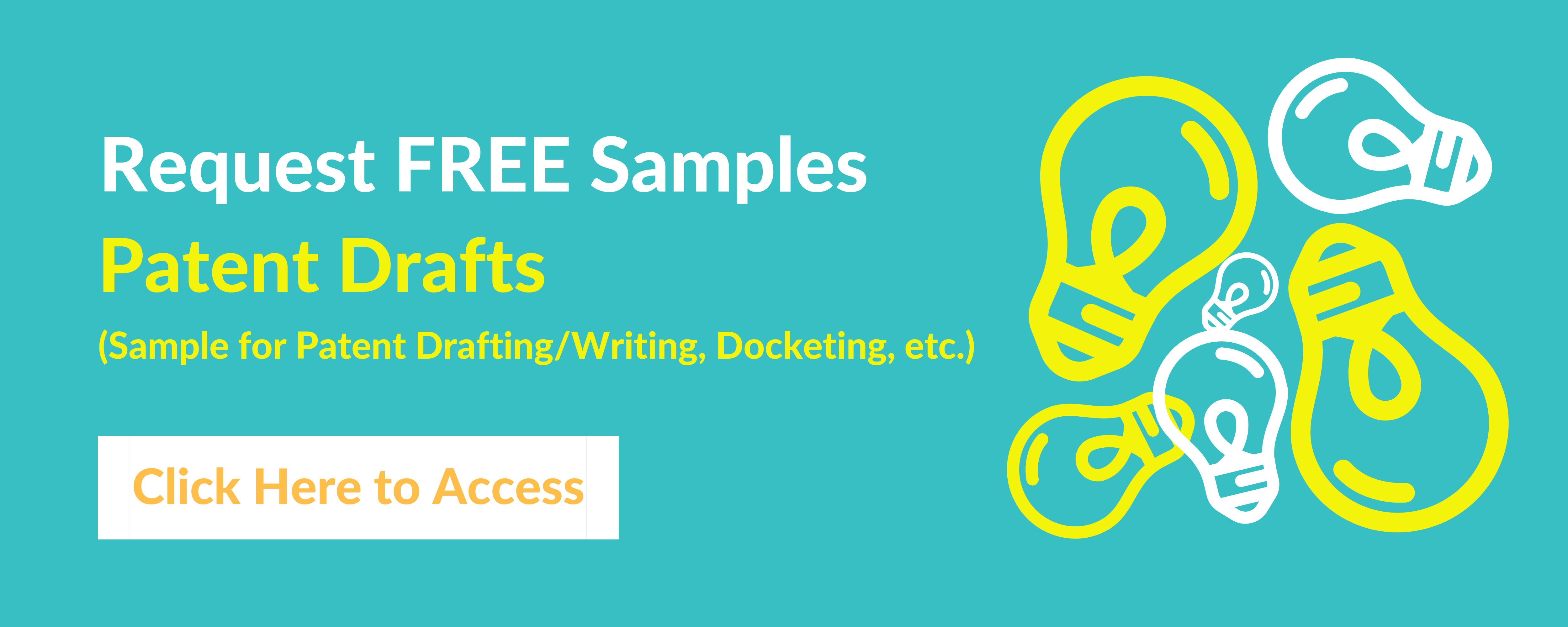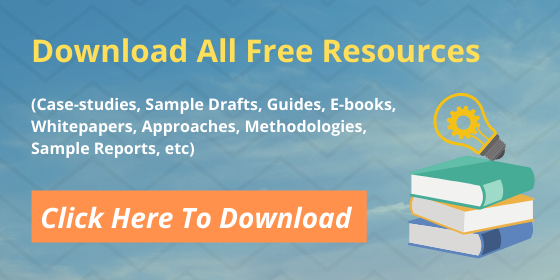Patent claims drafting contain only three main components, a preamble, a transition term such as “comprising” (or some other transition word) and a body. The preamble usually introduces the subject matter of the claim, defines a work piece, or states a purpose or use for the invention. Every claim should have this introductory preamble indicating the statutory class of the invention and describing it as a whole. The body then goes on to list the elements of the apparatus, composition or method of the claimed invention.
Generally, the preamble is not used to define the scope of the invention but rather it is the body of the claim that serves that function. The determination of whether a preamble limits a claim is made on a case-by-case basis in light of the facts in each case; there is no litmus test defining when a preamble limits the scope of a claim. One interpretation is that, a claim preamble will not be seen as limiting unless it “breathes life and meaning into the claim”. However, when the preamble is relied upon to define the claimed invention, it will be construed as a limitation. For example, any terminology in the preamble that limits the structure of the claimed invention must be treated as a claim limitation. In case, the patent specification or the file history provides that a term in the preamble corresponds to a particular element, or a term in the preamble is used to distinguish the present invention from the prior art, then the preamble term is more likely to be construed as a claim limitation. However, when the preamble term does not represents anything more than a descriptive name for the invention as a whole, then the term is less likely to be construed as a claim limitation.
The claim preamble must be read in the context of the entire claim. The determination of whether preamble recitations are structural limitations or mere statements of purpose or use can be resolved only on review of the entirety of the record to gain an understanding of what the inventors actually invented and intended to encompass by the claim. The preamble should not include unnecessary limitations; if a limitation is necessary for the claim to be patentable, it should be included in the body of the claim, perhaps in a “whereby” or “wherein” clause; but if the limitation is needed to put the rest of the claim in proper and understandable context, it can be featured in the preamble. Further, it is important that the preamble match the invention described in the specification. If the specification calls for a pencil, the claim should not specify “pen”; similarly, if the invention is useful on pen or pencils, the claim should not specify just “pen” or “pencil”.
Preambles can be of any length; however it is generally preferred to have shorter preambles in the claims. The preamble should be consistent with the scope of the actual claim, and should be revised if the claim scope is modified. In most cases, the title of the invention should be similar to the preambles of the claims, but can vary as needed, since the title cannot be read as a claim limitation. In one example, a preamble like, “an apparatus comprising” can be generally considered overly broad. In other example, composition of matter claims that describe a new material may need to include several preamble limitations just to describe it, or may include it as a whereby clause (“a composition having density w and color x, comprising materials y and z”; “a composition comprising materials y and z, whereby the composition has density w and color x”).
So a good strategy for drafting a preamble is to include preamble terms that make the claim scope seems reasonable, but it may be drafted in manner that these limitations may not be construed to narrow the claim, in a legal proceeding.


